Refinishing Furniture: Selecting the Right Wood Filler
*Sponsored by DAP Products Inc.
If you own any wood furniture, chances are, you’ve gotten a scratch or ding or even a gash in it at some point or another. Maybe you knocked against your side table while opening a door. Maybe you dropped your keys on your nightstand one time too many. Or maybe you’ve found the perfect dresser at the flee market, but on the surface, its seen better days. Well I’m going to show you how to repair those cracks and holes in your wood furniture while selecting the perfect wood filler for each type of repair job.
Set your expectations
However before you venture into any sort of wood repair job you should always be realistic. A wood repair job cannot be compared to repairing drywall. It’s a lofty goal to think that you can clear all your imperfections in wood like you can with drywall. Now that’s not to say that you will not be able to achieve a smooth surface. Just know achieving the exact same color match and texture of something that you may have bought 20 years ago or even five years ago can be a little of a challenge when re-staining. And it is critical that the repaired area surface be as smooth as possible before you stain or paint over it. Because unlike drywall, wood will show all your imperfections. And stain and paint will highlight those bumps and bruises in your project.
Things to consider before selecting a filler
You should know whether or not you want to paint or stain your project once you’ve filled the gaps and cracks. If the goal is to paint, be sure to select a filler that is paintable or stainable. If the goal is to stain your project, select a filler that is fitting to the wood you are repairing and compliments the tone in which you are staining. And size matters….Yes in this case its a factor. If the size and depth of the crack or hole is greater than 3/4in. consider a solvent based wood filler. What is a solvent based wood filler you ask? Well, I’ll tell you.
There are two kinds of wood filler: solvent based and water based or latex fillers. The older more traditional wood filler is more than likely a solvent-based material.
Solvent Based Wood Filler
A solvent-based wood filler is fast drying and it’s great and recommended for Deep Repair because you can do it in layers.
The negative about a solvent-based filler is that it does have a faster drying time. Which means you have to work in smaller sections. Because if you lay it on too thick you going to see a lot of sanding in your future. So apply just about as much as you can work with within a minute or two timeframe at a time. A solvent-based filler you’ll need something like acetone to remove it like nail polish. It’s flammable so you want to be careful. you also want to make sure that you’re in a very well ventilated area. It does have a very strong odor. Apply with a putty knife and you probably want to wear gloves. Mineral spirits should be used for cleaning.
Latex Wood Filler
The alternative to the solvent is the latex-based filler or in this case the plastic wood and wood X with a Time indicator. With a latex you don’t want to disturb with the material while it dries.
Low temperature in high humidity slows the dry time of latex based filler. That’s largely because it does not want to evaporate. Latex dries at a slower rate . But this doesn’t affect the performance or the end result. It’s just that a one day repair may turn into a 2 day repair. This product cleans up easily with water.
Steps on How to Apply
Whether you determine to go with a solvent or latex based filler the steps on how to apply the filler remains the same. Here’s how you apply it.
- Stain the wood first.

- Apply wood filler to the damaged area or hole. (Tip: You always want to over fill the hole because it will shrink as it dries). Allow it to dry.

- Sand the surface until it’s smooth to the touch.

- Repeat steps 2 and 3 until the area is completely covered and smooth. (Tip: Before you seal the wood after you’ve applied the filler and sanded everything down, you want to move your hand parallel and perpendicular to the board to feel for any bumps and peaks before you seal).
- Paint or stain. ( Keep in mind that you don’t want to seal until you are absolutely certain that you are done with your with applying wood filler and with sanding.)

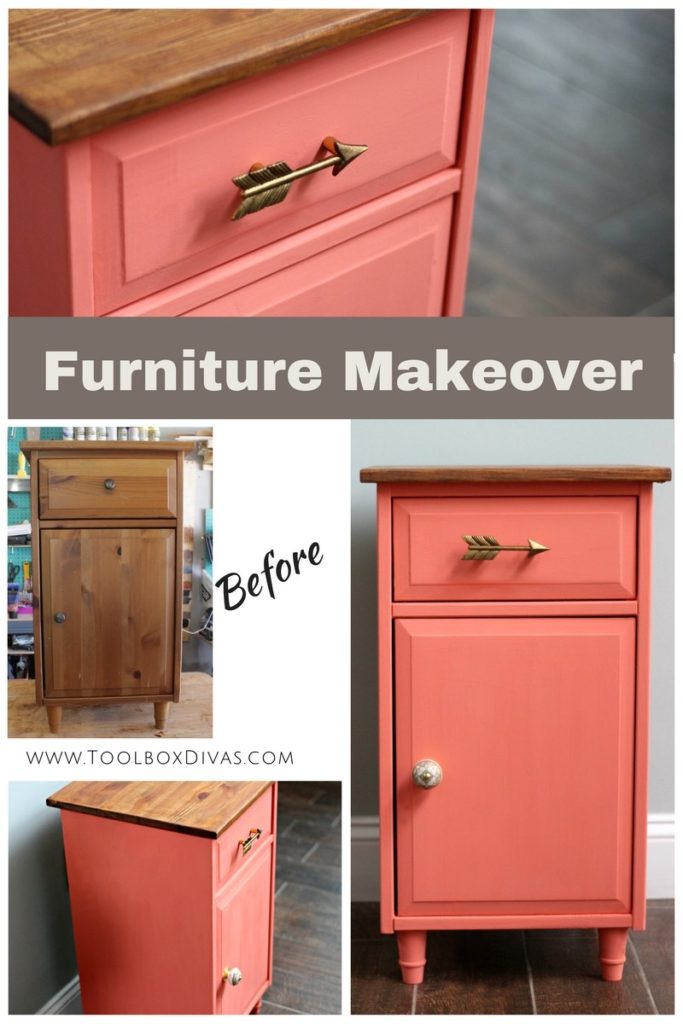
You can refinish great thrift store finds like this with the right wood filler.
Not all repair jobs require wood filler. Some jobs only require minor touch ups. In some cases a simple wood putty or a blending stick would do the trick. Unlike wood filler, wood putty is a non hardening material that is great for pieces that are already stained and sealed. It doesn’t require any additional work after its application, meaning you don’t sand or seal the area after application. You apply, wipe with a damp clothe and your done. It’s perfect for light repairs and minor scratches.
So go and fill in the gaps.
T. ~Till Next Time.
**This is a Sponsored Post. All opinions are my own.

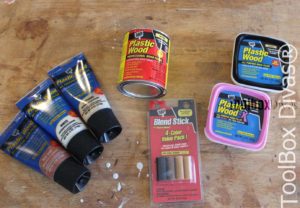
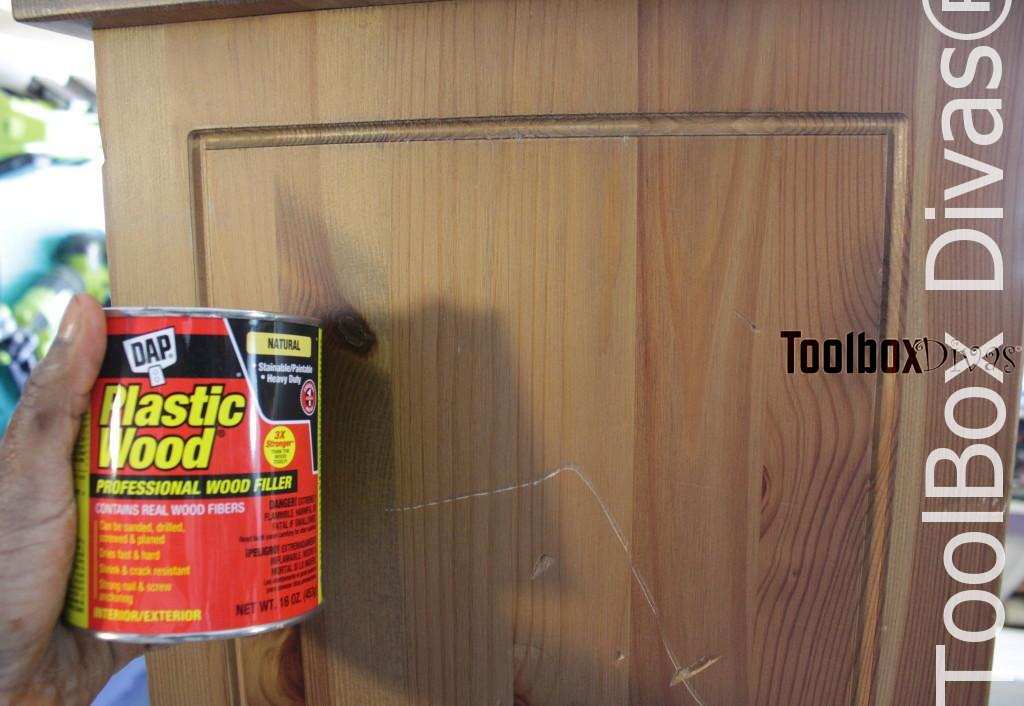
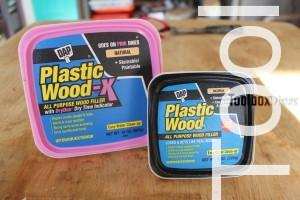
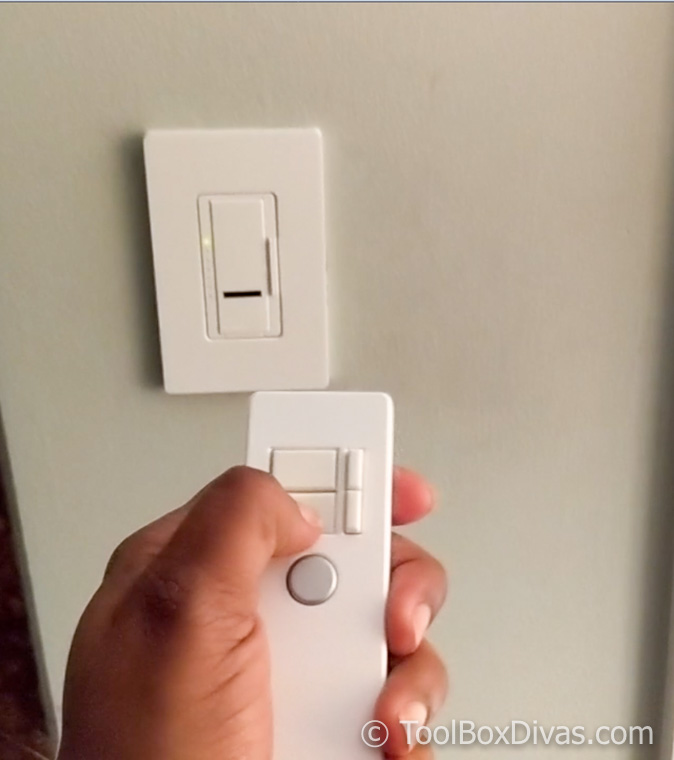


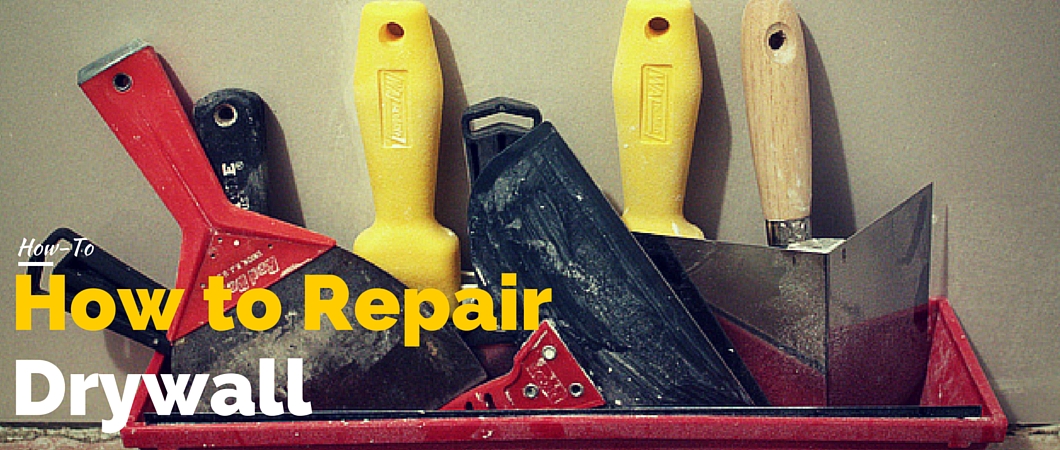

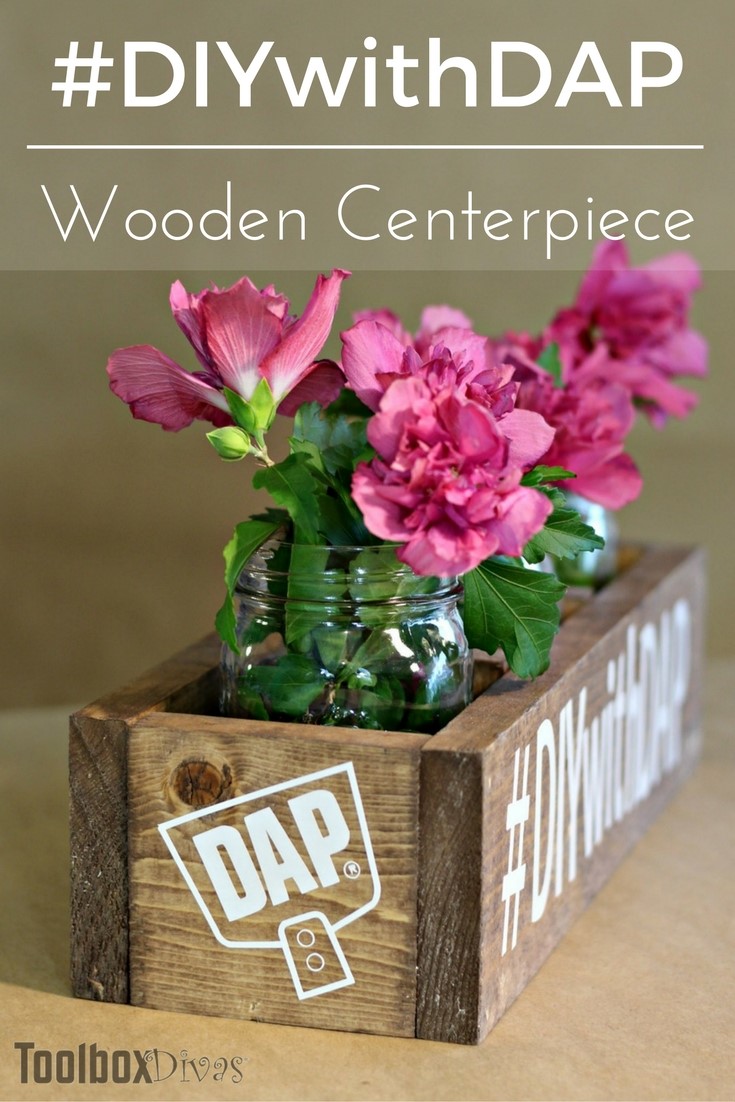
I didn’t know that you had to get a filler for refinishing furniture. I don’t know if I want to risk getting the wrong kind! I think I’ll rely on a professional to handle this for me, since this piece of furniture is very important to me.